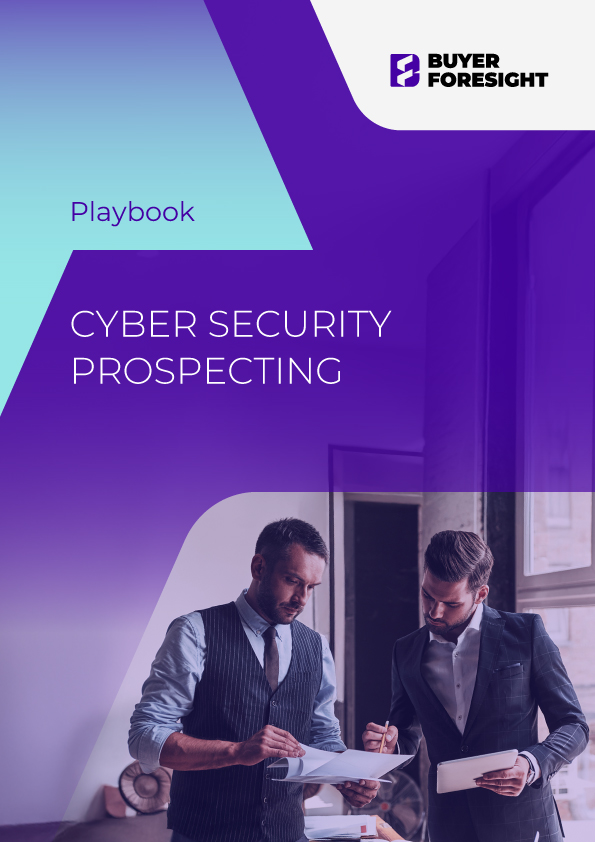
“If you lose control of the discovery call, you’ve probably lost the deal. Do great on the discovery call and there are still plenty of ways to let the deal slip through your fingers.”
This playbook shares key lessons learned from 8 years of working closely with cybersecurity vendors.
If you lose control of the discovery call, you’ve probably lost the deal. Do great on the discovery call and there are still plenty of ways to let the deal slip through your fingers. This playbook shares key lessons learned from 8 years of working closely with cybersecurity vendors.
Facts are, CISOs don’t have time to respond and narrate their strategy to every vendor they meet. Tell them what problem you solve, how it relates to their environment, and most importantly: be quick about it.
Back up your assertions with data
It doesn’t “add value” to simply dump all your sales collateral on them.
These are the kinds of questions you’ll need to answer in order to guide your account strategy, including messaging, positioning, and content marketing.